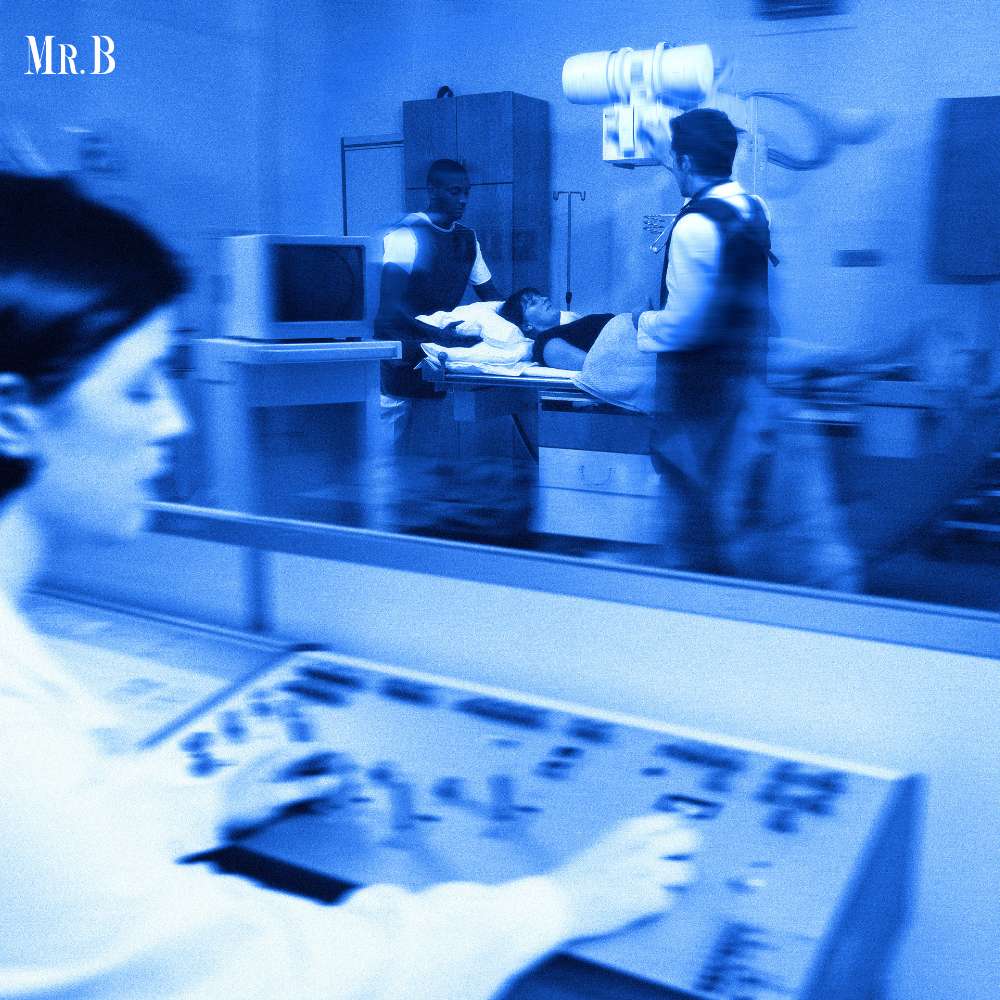What is the Process to become an x-ray Technician?
- Category: Healthcare

The medical professions are growing quickly in the U.S lately. Especially, that of an x-ray technician. Among the list of available careers, this is the most fast filling positions into the healthcare sector. The x-ray technician uses advanced technology to craft images of a patient’s internal body parts so doctors can diagnose the problem. If you aspire to be one, doing more research on that topic will help you to decide whether this career path is for you or not. These professionals provide compassionate patient care and support in order to make them feel safe and secure. Their work plays a critical role in diagnosing medical conditions and guiding treatment.
Being an x-ray technician you need to follow orders from a physician. You need to work with the patients to make them ready for the x-ray. It includes covering areas that are not needed in the image.
Let’s read more on What is the Process to become an x-ray Technician?
The Educational Journey to Becoming an X-Ray Technician:
1. High School Diploma:
The journey to becoming an X-ray technician typically begins with a high school diploma or equivalent. Ensure that you have a solid foundation in biology, anatomy, chemistry, and mathematics, as these subjects will be crucial during your formal education.
2. Earn an Associate Degree:
Most X-ray technicians hold an associate degree in radiologic technology. These programs are widely available at community colleges and vocational schools. The coursework in these programs covers a range of subjects, including anatomy, patient care, radiologic procedures, medical ethics, and radiation physics.

3. Clinical Training:
Hands-on clinical training is a pivotal aspect of your education. During this phase, you’ll gain practical experience operating X-ray equipment, positioning patients correctly, and ensuring the safety and comfort of patients.
4. Licensing and Certification:
After completing your educational program, you must obtain the necessary licenses and certifications to practice as an X-ray technician. Requirements vary by state, but most states require radiologic technologists to be certified by a recognized body such as the American Registry of Radiologic Technologists (ARRT). Passing the ARRT certification exam is a standard requirement.
5. Continuing Education:
Once you’re a certified X-ray technician, you’ll need to engage in continuing education to maintain your credentials. This ensures that you stay current with the latest advancements in the field.
Recognition of the X-Ray Technician Profession
The profession is widely recognized and respected within the healthcare industry. There are several reasons for its recognition:
1. Vital Role in Healthcare:
These technicians play a crucial role in healthcare by assisting in the diagnosis and treatment of various medical conditions. Their work provides physicians with valuable insights into a patient’s internal anatomy, helping them make informed decisions about patient care.
2. Integration into Medical Teams:
They are integrated members of medical teams, working closely with physicians, radiologists, nurses, and other healthcare professionals. Their role is integral to collaborative patient care.
3. Regulation and Accreditation:
The field of radiologic technology is highly regulated and accredited. Accrediting bodies and certification organizations, such as the ARRT, maintain strict standards for education and practice, which adds to the profession’s credibility.
4. Patient Care and Safety:
X-ray technicians are responsible for patient care and safety during imaging procedures. Their ability to provide reassurance and maintain patient comfort is highly valued in the healthcare community.

Societal Significance of X-Ray Technicians
The role of an X-ray technician is not only recognized but also vital to society for several compelling reasons:
1. Early Disease Detection:
They are at the forefront of early disease detection. Through X-ray imaging, they help identify medical conditions such as fractures, tumors, and infections, allowing for timely intervention and treatment.
2. Accurate Diagnosis:
The images captured by X-ray technicians are essential for accurate diagnoses. Physicians rely on these images to determine the extent of injuries or diseases, enabling them to formulate precise treatment plans.
3. Treatment Guidance:
The information provided by X-ray technicians’ guides physicians in surgical planning and other medical interventions. This ensures that treatments are effective and tailored to the patient’s specific needs.
4. Reducing Invasive Procedures:
X-ray imaging often reduces the need for more invasive diagnostic procedures, which can be costly and carry greater risks to the patient. This contributes to overall healthcare cost-efficiency.
5. Improving Quality of Life:
Timely and accurate diagnoses facilitated by X-ray technicians can significantly impact a patient’s quality of life. Whether it’s repairing a broken bone or detecting cancer early, their work directly contributes to better health outcomes.
6. Advancing Medical Research:
X-ray technology has applications beyond clinical practice. It plays a crucial role in medical research, helping researchers gain insights into disease processes and medical innovations.
In addition to capturing standard X-ray images, these professionals are skilled in performing various specialized imaging techniques. Some of these techniques include:
1. Fluoroscopy:
This real-time imaging method is commonly used for procedures like barium swallow studies, cardiac catheterizations, and joint injections. It allows healthcare providers to monitor the movement of internal structures in real-time.
2. Mammography:
Those who specialize in mammography focus on breast imaging. Mammograms are crucial for the early detection of breast cancer.

3. Computed Tomography (CT):
CT scans combine X-ray technology with computer processing to produce detailed cross-sectional images. CT technologists operate the equipment and may administer contrast agents for enhanced imaging.
4. Magnetic Resonance Imaging (MRI):
While MRI does not use X-rays, MRI technologists work closely with radiologic technologists. They create detailed images using strong magnetic fields and radio waves, and often collaborate on patient positioning and safety.
5. Ultrasound:
Some radiologic technologists may cross-train in ultrasound, using high-frequency sound waves to produce images of soft tissues. This is commonly used in obstetrics, cardiology, and abdominal imaging.
Conclusion:
Becoming an X-ray technician is a meaningful and respected career path within the healthcare industry. The educational requirements, certification, and recognition within the profession make it a well-regarded and essential role. As a society, we depend on technicians to provide accurate diagnoses, improve patient care, and contribute to medical advancements. Their role directly impacts the health and well-being of individuals, making it a profession of utmost significance in the field of healthcare.







